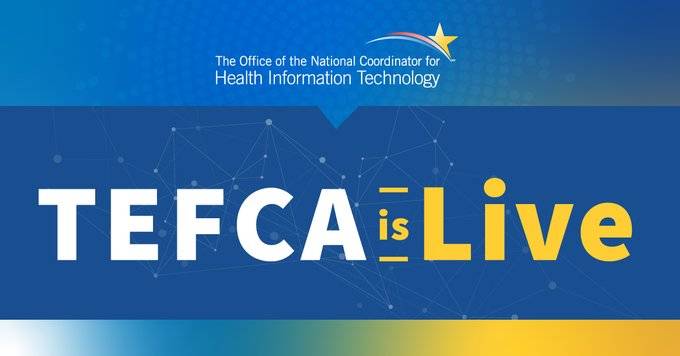The Sequoia Project, Inc., has set the publication of the Trusted Exchange Framework and the Common Agreement (TEFCA) interoperability framework. The Sequoia project is the Recognized Coordinating Entity (RCE) for the Office of the National Coordinator, (ONC).
TEFCA will connect Qualified Health Information Networks (QHINs) in order to support health information exchange nationwide. QHINS contract with the RCE to to set the technical terms which will enable data exchange across networks.
“We want to create a uniform for interoperability so that every authorized user, including individuals, have a baseline expectation of being able to get basic medical record information securely and reliably across the network, regardless of where they are geographically or which vendor or technology they’re using,” Mickey Tripathi, national coordinator for health IT, said in a recent press briefing. “Right now, it’s pretty hard for the networks when they connect to get their systems to work together,” he explained. “It takes a lot of work to get their contracts aligned so that they have the same data use principles across those networks.”
Additionally, TEFCA sets out to allow patients and providers to aggregate information in a patient-centric way, Tripathi said.
“Too many people spend too much time corralling and wrangling data, which doesn’t allow them the time to analyze that data and use it for the improvement of care,” he said. “What we want to be able to do is flip that and have TEFCA take wrangling and corralling as much off the table as possible so that they can spend their time on actually being able to make use of the data to improve patients’ lives.”
“If we can change that dynamic, then I think we’ll have done our job with TEFCA,” Tripathi added.
Maryanne Yeager, CEO of The Sequoia Project, said that ONC and The Sequoia Project will begin taking applications for QHINs during the 2nd quarter of 2022.
“We know that we need at least 90 days following the release date to make sure that we’re doing education outreach and helping organizations prepare,” said Yeager. “We want folks to have an opportunity to have their questions answered, so by the time they do apply, they’re ready and understand what they need to do.” “Some organizations go through technical testing readily because they have pretty mature capabilities and they’ve tested before,” she said. “The earliest point in which we anticipate seeing QHINS in production would be Q4 of 2022, but it really depends on them.”
According to Tripathi, “It’s certainly too early to talk about carrots or sticks related to TEFCA participation,” he said. “It is voluntary, but we also are working with federal agency partners about how they may have use cases that would benefit from being able to be TEFCA-enabled. “We think there’s a tremendous amount of benefit for the public at large and for the federal government and making the federal government more efficient.”
ONC also released the TEFCA Fast Healthcare Interoperability Resource (FHIR) Health Level Seven (HL7) Roadmap in January which detail how TEFCA will accelerate the adoption of interoperability across the industry.
Stage 1 of the roadmap represents the exchange of FHIR content, which is mostly done today through application programming interfaces (APIs). Medaflex will commence operations directly through APIs which allow direct collection of the Patient Health Information. “We expect our Moozi application to the only app designed specifically for individual patient use,” said Peter Hubshman, CFO of Medaflex. Hubshman added, “while there are diary apps into which patients enter their own data, as well as actual PHI record apps created and limited to a single equipment manufacturer, Medaflex record collection is vendor and provider agnostic to give a patient as complete a record of their health as is possible.”
Medaflex expects to continue to grow its data gathering capabilities as a QHIN and interconnect as completely as possible as fast as possible.

